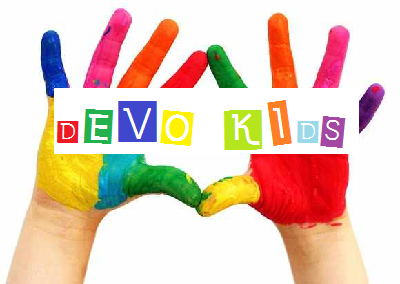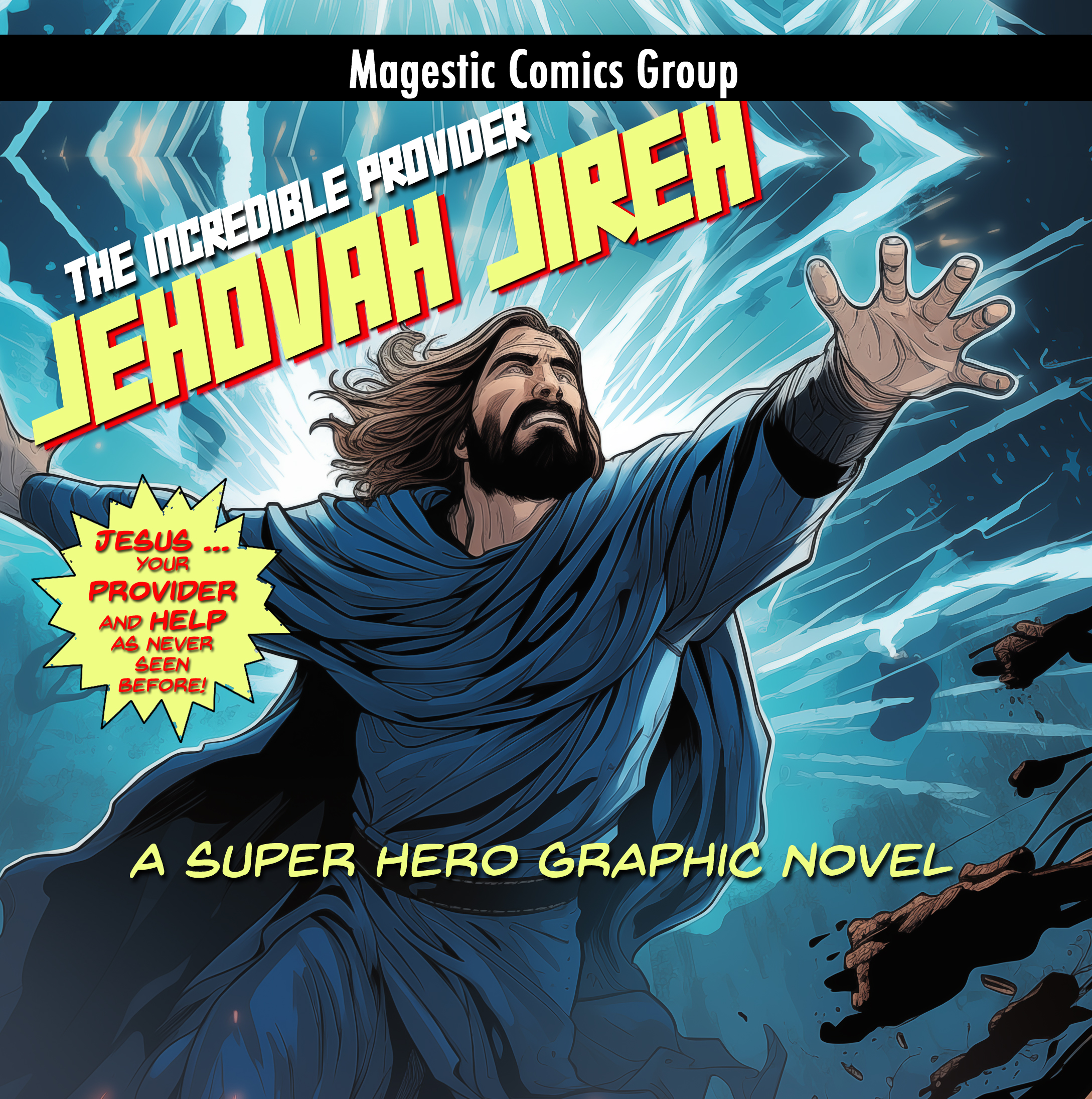The Simple Rules of Writing
The rules of writing are simple: 1) Get ‘er down in writing. 2) Look ‘er over and fix the mistakes. 3) Let someone else read ‘er. 4) Fix ‘er up again. 5) Repeat 3 and 4 as often as necessary until you can’t change anything else. The first rule is to “get ‘er down in writing.” That means that you write a story from the exciting beginning to a concluding, makes-sense ending. Some people like to use an outline before they start; others just pant out their story word after word. (Guess what they are called? Pantsters!) Whether you are an outliner and know how the story begins and ends, or if you are a panster who just writes and writes as your characters “tell” you what will happen next, that...
Read MoreWrite a Movie Script!
When Stephen and Alex Kendrick were teens, they made fun movies with the family’s VHS camcorder. The Kendrick brothers grew up. They wrote and produced award-winning movies such as Fireproof and Courageous. Would you like to try writing a script for a movie? Start with something simple. Think of a story that would be easy to film where you live. What will your film be about? What message do you want to send to your audience? Which friends or family members might commit to memorizing lines and acting in your film? Once you have the setting for your movie and have contacted possible cast members, you can begin writing your script. Write your story based on the number of volunteers you have. Remember to include a conflict of some kind — a problem to...
Read MoreSay What? Writing Good Dialogue
Chances are, if you’re writing a story that involves more than one character, they’re going to have something to say. When two or more characters are speaking to each other, it’s referred to as “dialogue.” You can write dialogue, dialogue with a friend or get a dialogue going – in other words, say something! Including good dialogue in your story involves more than just casual conversation, however. For example, suppose two of your characters meet at the mall. Their conversation could go something like this: “Hey,” said Tammy. “Hey,” answered Julie. “What’s up?” Tammy asked. “Nothin’ much,” said Julie. “Later,” said Tammy. “See you,” answered Julie. Now, while this may sound like an actual dialogue you heard recently,...
Read MoreBe an Artist in Your Writing
by Jan May Being a creative writing teacher for elementary children, I love to inspire my young writers to venture forth and try new things. Writers are really artists that paint on the canvas of our minds with words and images that feel so real, we could reach out and touch them. We feel the splashing waves in Moby Dick, we smell the roasted goose in A Christmas Carol, and we hear the fierceness of Aslan’s roar. A good book can transport us to another world without us ever having to leave our room. To add a splash of color in your writing, try a literary technique called personification (per-son-i-fi-ca-tion). It’s giving person-like qualities to non-living things. Using personification in your writing is like changing the color on your printer from...
Read MoreNo More Flat Stanleys
Years ago, when my granddaughter was in kindergarten, she sent me a letter. Folded inside was a paper puppet sort of thing called Flat Stanley. My assignment was to take photos of Flat Stanley visiting all the important places in the little town where I lived. I had a great time snapping shots of Flat Stanley at the post office and at my church, in front of signs and shop windows. I even took a photo of Stanley on the big slide at our local park. Flat Stanley was my coolest friend for a few days. I sent the photos and Stanley back to my little granddaughter, and she shared them with her classmates. It was loads of fun. However, writing (or reading) a story with characters as flat as Flat Stanley isn’t fun. When you’re writing a story, it has to come out of the...
Read More







